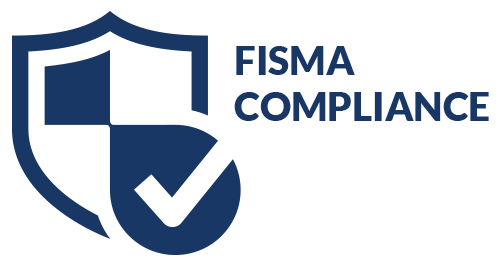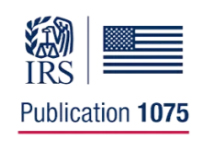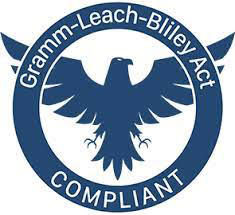Failing to pursue past-due accounts until the 90-day mark is one red flag that a storm is brewing for your company.
We know that the U.S. has a rising debt problem across most major industries. The Federal Reserve Bank of New York just issued their Quarterly Report on Household Debt and Credit. They found total household debt increased by $32 billion in the fourth quarter of 2018, the 18th consecutive quarter of increases in a row. The Motley Fool says Americans now owe more than $13 trillion, which is 21% higher than the debt compiled at the time of the 2008 recession.
Topping the list early in 2019 of delinquencies to watch were consumer auto loans. Today, seven million Americans are 90-days or more past due on their car loan payments. Should the industries carrying a heavy customer debt portfolio have seen these delinquencies coming? Is there a way for companies to spot their own internal A/R practices that will cause a cash flow problem later on? We think so.
Here are some of the proactive signs you can watch for that signal whether an individual or a business, is slipping into arrears and that your debt collection practices are not prepared to handle the problem.
With consumer debt rising, isn’t it time to partner with a debt collection service?
Debt Collection Service Predictions for Past Due Delinquencies
While predictive analytics can be used to determine clients with the most risk for delinquency and which are most likely to repay, there are several other red flags to keep an eye out for:
- Letting the past due account go past the 90-day mark.
If you’re not pursuing debt collection until the client has missed three months’ worth of payments, you only have a 75% chance of collectingwhat’s owed. By the time you finally go to follow up, the customer may not even remember making the purchase. Debt collection services suggest pursuing the past due balance quickly in order to improve your success rate. - If most of your customers don’t pay in full.
Unless you’re a bank, it’s unlikely that you could handle a bottom line that is tipped too far toward maintaining customer balances.While it may feel like your A/R is healthy because you’re receiving a steady stream of partial payments, these clients are a higher risk for missing payments. Having too many customers making partial payments means that dealing with past due accounts is an inevitability. - Check your day’s sales outstanding average.
Your DSO signifies the time between invoicing and receiving payment. If you see the DSO creeping up, it means that the customer isn’t paying quickly and could likely slip into arrears. If you’re in a small business, you’ll quickly see how the DSO affects cash flow. While enterprise organizations can let their DSO run longer, having the number creep up is really a bad sign, no matter the size of the business.
A debt collection service like TSI is designed to help companies with these and other issues that could place a drain on your organization. TSI has invested in state-of-the-art technology that drives collection results for our clients. We offer peace of mind that comes from partnering with the most experienced debt collection service in the nation. The TSI data-driven approach is designed to boost debt recovery while enhancing the relationship with your valuable customers. Learn more today.












